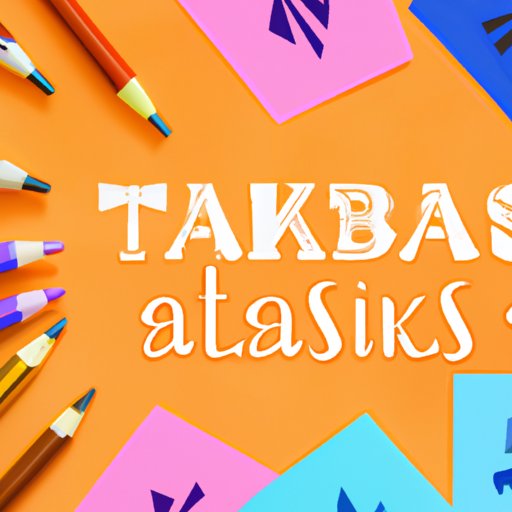
Introduction
Task analysis is a systematic process that helps break down complex tasks into smaller, more manageable parts. It involves examining each step in a task, identifying the specific skills and knowledge required, and determining the optimal way to perform each step. The goal of task analysis is to improve efficiency, reduce errors, and enhance performance in various settings.
The Importance of Task Analysis in Enhancing Productivity
Task analysis has a significant impact on productivity in various settings. By breaking down a task into smaller, more manageable parts, employees can identify areas for improvement and adjust their approach to work more efficiently. Task analysis enables individuals and teams to identify obstacles and overcome them to achieve their goals.
How to Conduct a Successful Task Analysis: A Step-by-Step Guide
The task analysis process involves several steps. To conduct a successful task analysis, follow these steps:
Understanding how to do a task analysis
Begin by defining the task you want to analyze. Determine the scope of the task, the expected outcome, and any constraints or limitations. Next, gather information about the task by observing the process or reviewing documentation.
Common mistakes to avoid
When conducting a task analysis, it’s important to avoid common mistakes. These include assuming too much about the task and overlooking critical steps, failing to involve key stakeholders in the process, and focusing too much on the process rather than the outcome.
Factors to consider when conducting a task analysis
Several factors can influence the success of a task analysis. These include the complexity of the task, the skill level of the performers, the resources available, and the level of specificity required for each step.
Top Tools for Task Analysis: From Traditional to Digital
Various tools can be used for task analysis, including paper-based techniques, visual aids, and digital solutions. These include flow charts, mind maps, process diagrams, and software applications designed specifically for task analysis.
Maximizing the Benefits of Task Analysis through Collaborative Techniques
Task analysis can be conducted individually or as a team exercise. Collaborative task analysis offers several benefits, including increased engagement, multiple perspectives, and the ability to identify potential obstacles and brainstorm solutions. There are several techniques for collaborative task analysis, including SWOT analysis, PEST analysis, and Fishbone diagram.
Task Analysis for Learning and Development: Applications in Educational Settings
Task analysis is also a valuable tool for planning lessons and enhancing learning outcomes in educational settings. By breaking down academic tasks into smaller components, teachers can identify specific learning objectives and tailor instruction to meet the needs of individual students. Task analysis is particularly useful in science, technology, engineering, and mathematics (STEM) subjects.
Conclusion
Task analysis is a powerful tool for improving productivity and achieving goals. By breaking down complex tasks into smaller, more manageable parts, individuals and teams can identify areas for improvement, adjust their approach, and succeed in their endeavors. Whether used in the workplace or in educational settings, task analysis offers a valuable framework for enhancing performance and achieving success.




